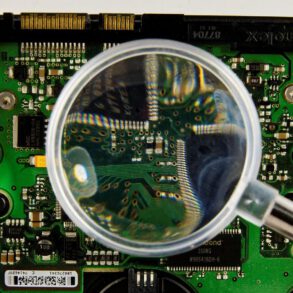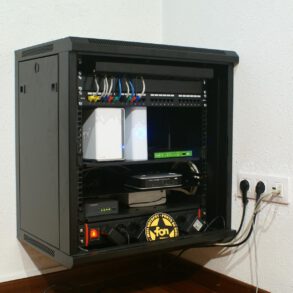Recently, the research in Underwater Sensor Networks (UNWSNs) has gained a noticeable pace due to their vast variety of applications. Moreover, the 75% of earth’s surface is covered with water in the form of rivers, canals, seas, and oceans. To explore and make use of this vast unexplored aquatic environment, new technologies provide us with a number of applications such as pollution monitoring, disaster prevention, and tactical surveillance for scientific, environmental, and military purposes. For this purpose, we came across enormous research and development efforts being made in UNWSNs that are a fusion of wireless technology with extremely small micromechanical sensors having smart sensing, intelligent computing, and communication capabilities. UNWSN is a network of autonomous sensor nodes, which are spatially distributed deep underwater to sense the water-related properties such as quality, temperature, and pressure using acoustic channels. Therefore, applying terrestrial WSN protocols into UNWSN is not straight forward and therefore researchers and industrials are still looking for more suitable and serious efforts to bring UNWSN into a complete reality.
This special issue presents recent schemes for underwater networks, especially featuring current and future research waypoints in the field of underwater wireless sensor networks.
In the paper titled “Proteus II: Design and Evaluation of an Integrated Power-Efficient Underwater Sensor Node, ” the authors have designed and evaluated an integrated low-cost underwater sensor node with the capacity of reconfigurability. The proposed type of underwater sensor nodes allows constant operations running on a small rechargeable battery over the time period of a month. The designed node uses a host CPU for the network protocols and processing sensor data and a separate CPU performs signal processing for the ultrasonic acoustic software-defined Modulator Demodulator (MODEM). Furthermore, a Frequency Shift Keying (FSK) modulation scheme supporting the configurable rates of symbols, the Hamming error-correction, and estimation of Time-of-Arrival (ToA) enabling underwater positioning is presented in this paper. From the application perspective, the on-board sensors, an accelerometer as well as a temperature sensor, can be utilized to measure or sense the various environmental conditions. For the evaluation purpose, several test results were obtained to validate the low-power operations. Experimental results show that the node achieves the one-month lifetime and is able to perform communication in high-reflective environments and performs estimation with an accuracy of about 1-2 meters.




